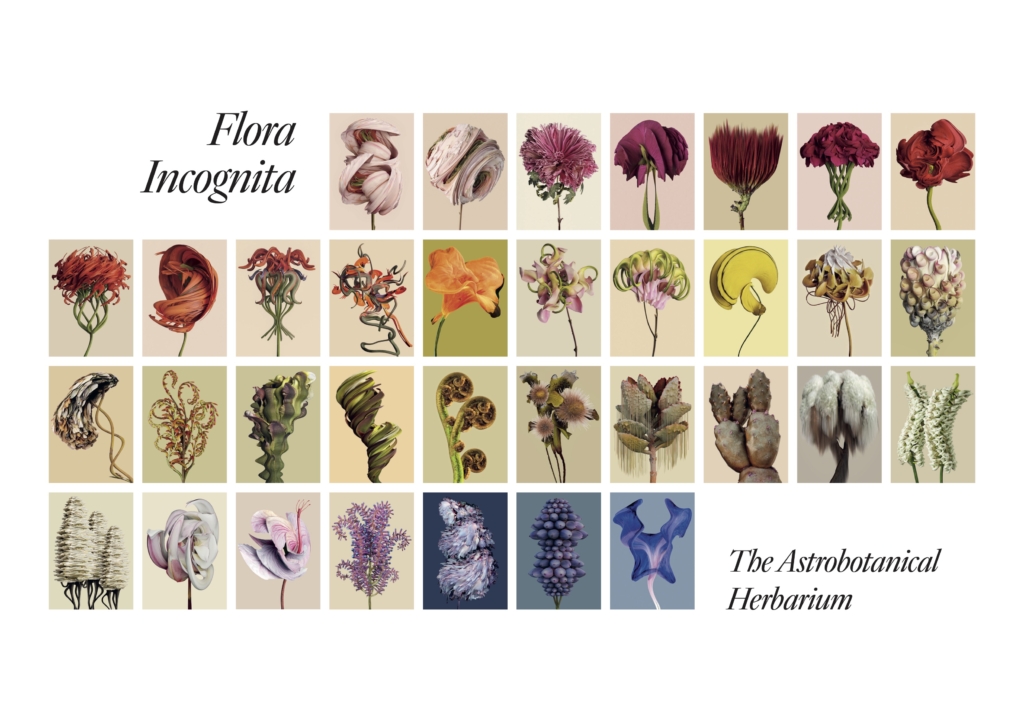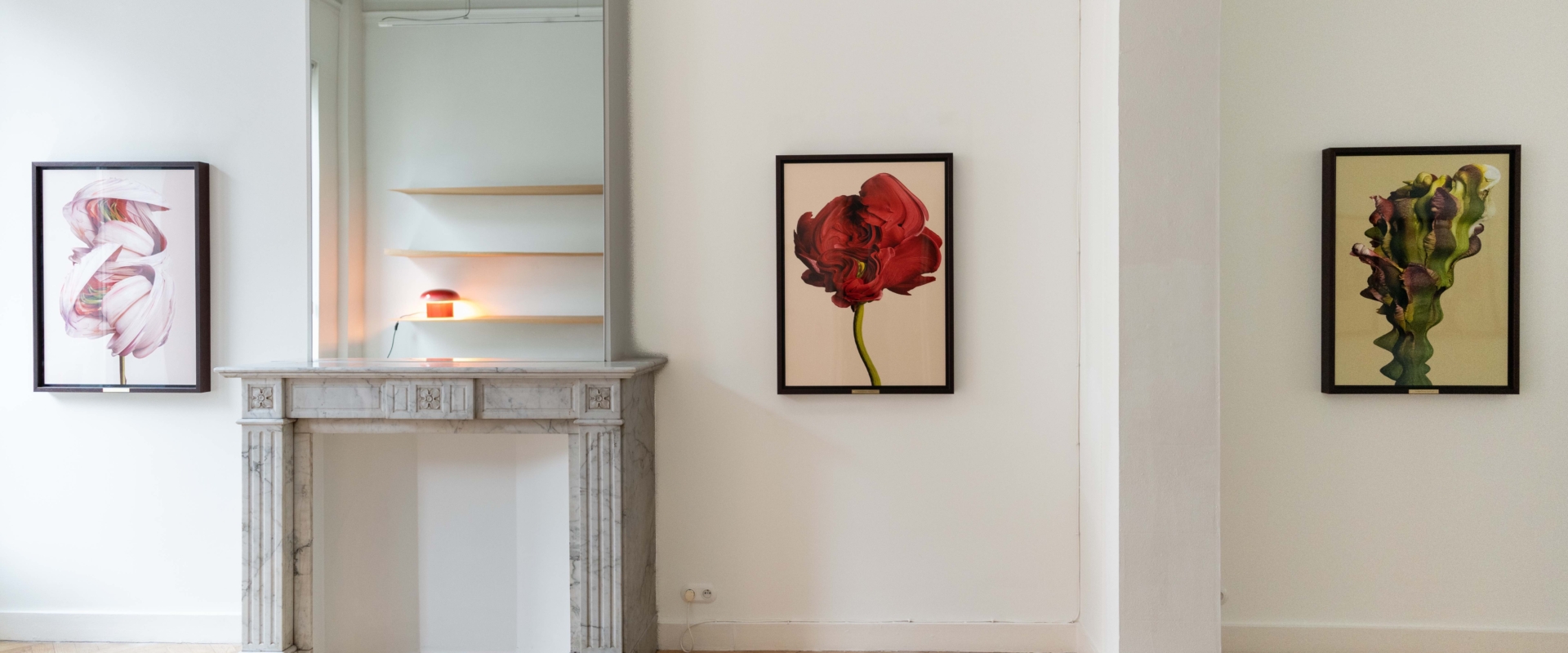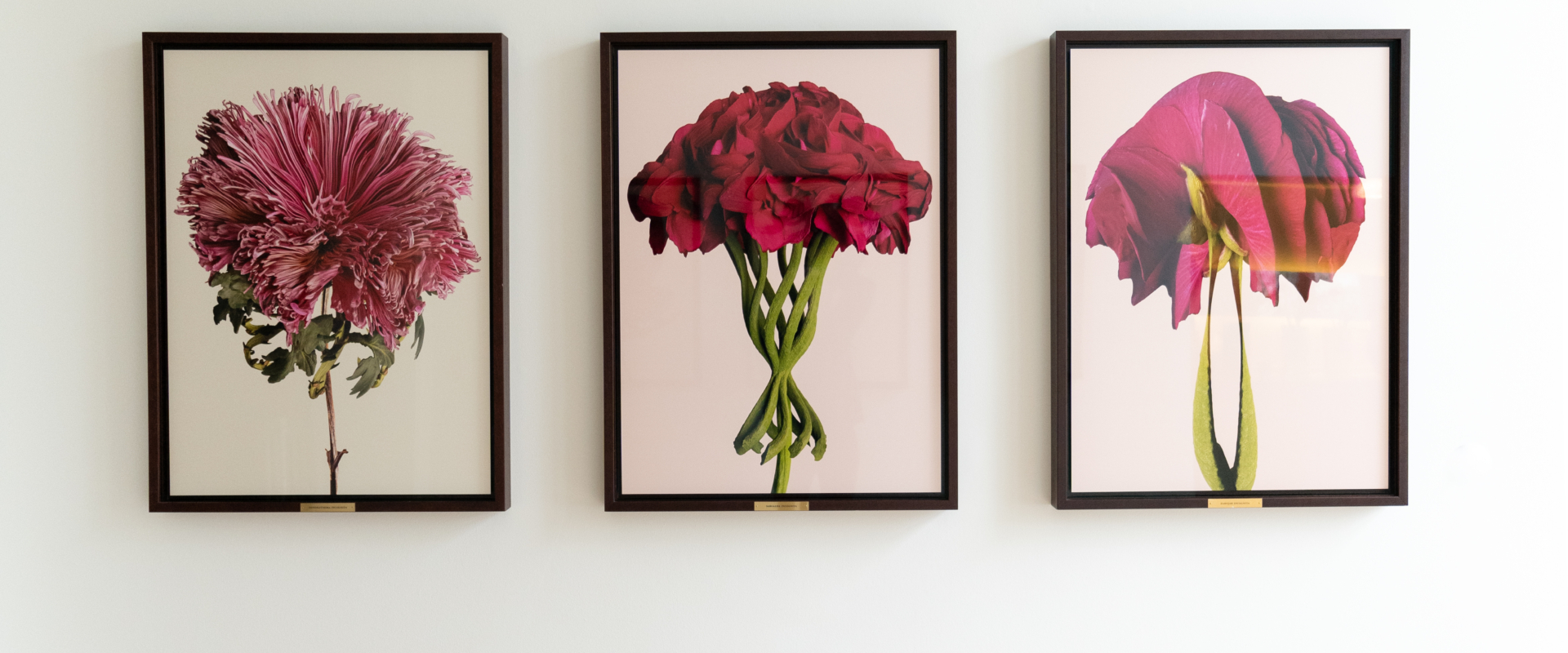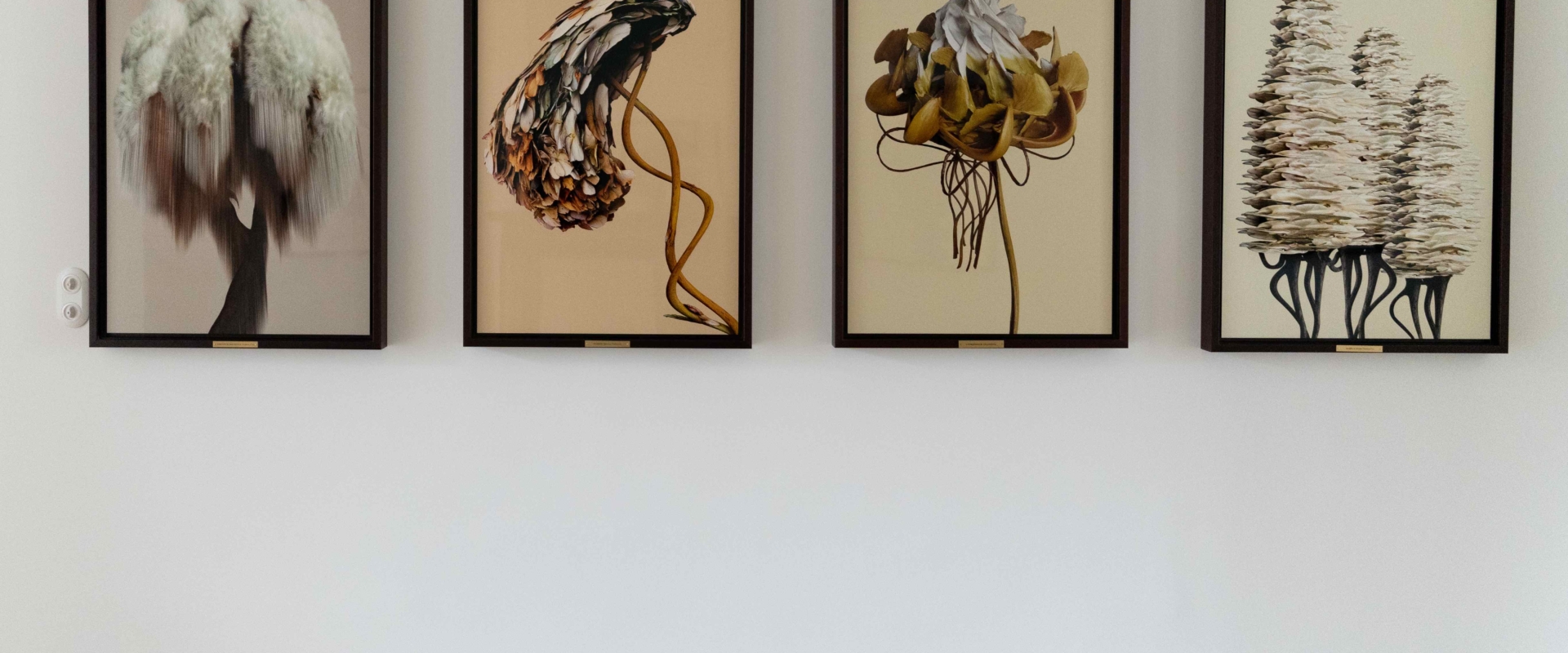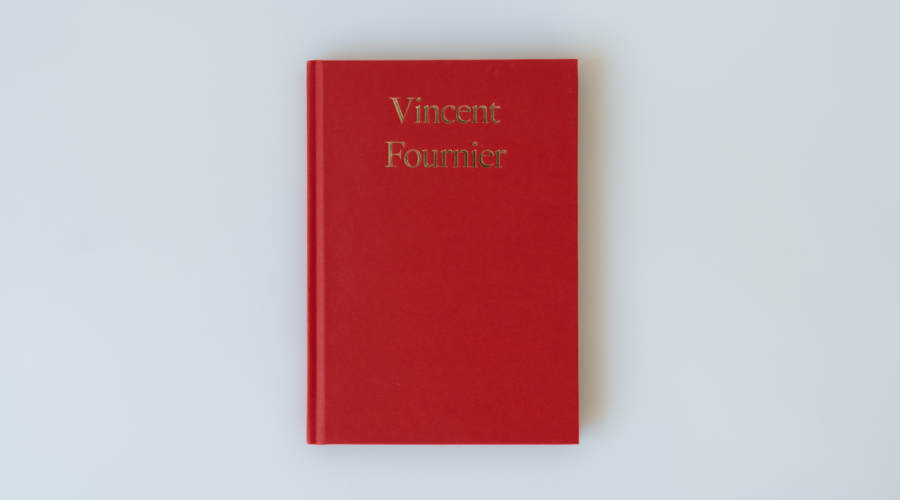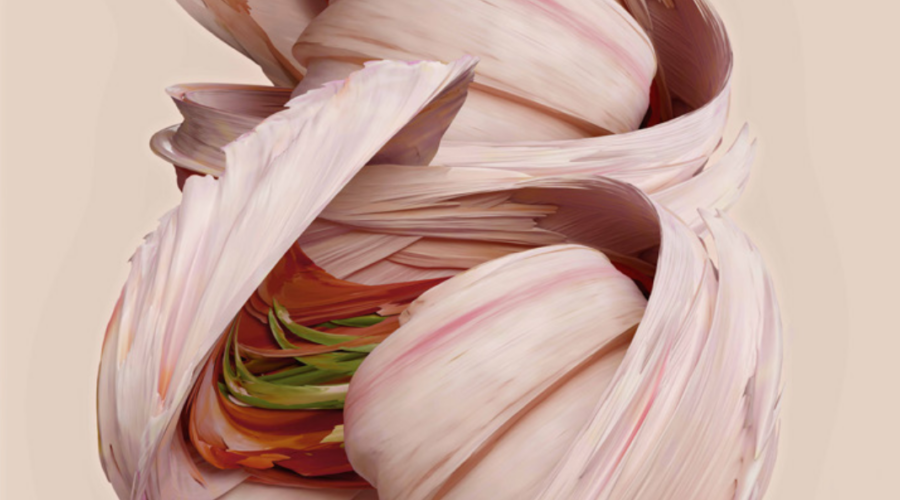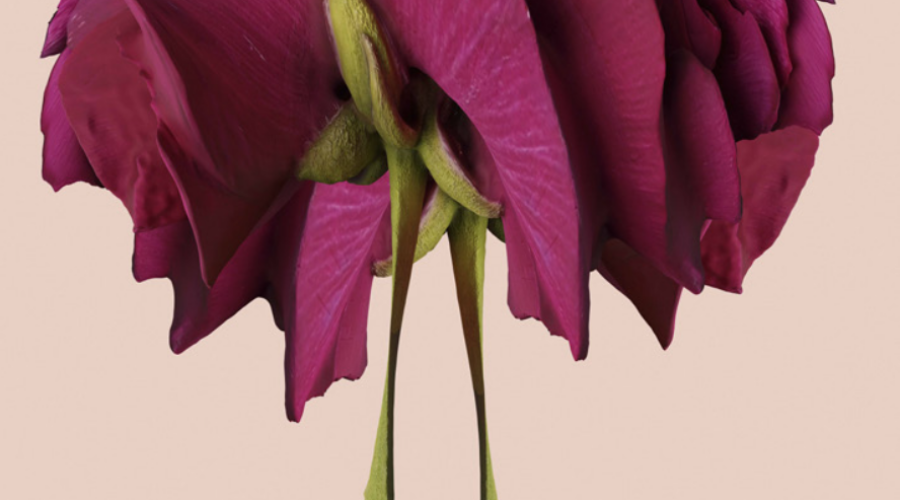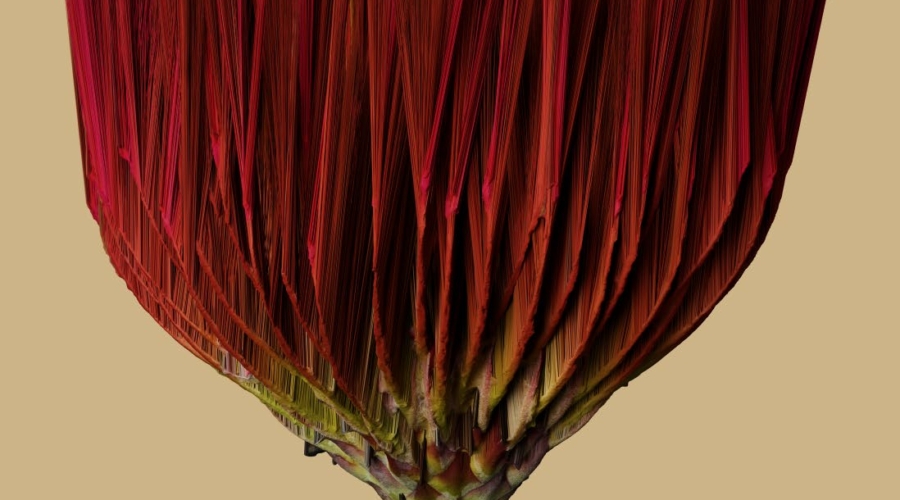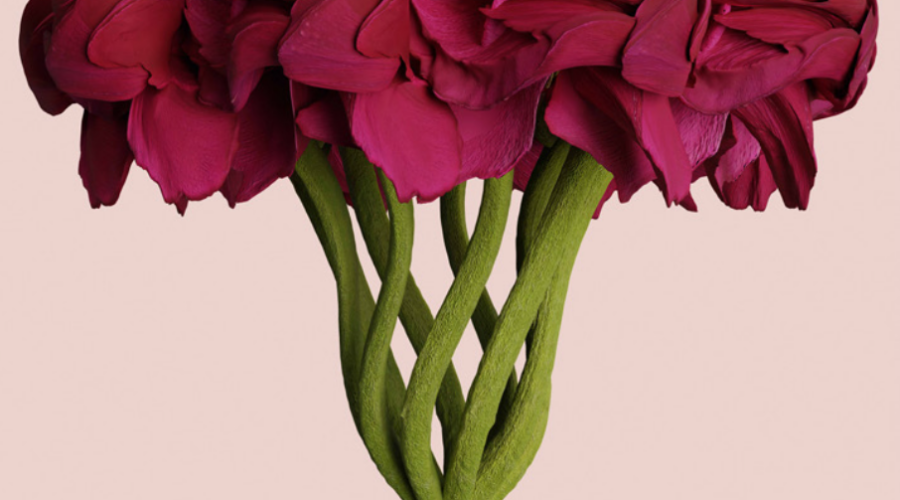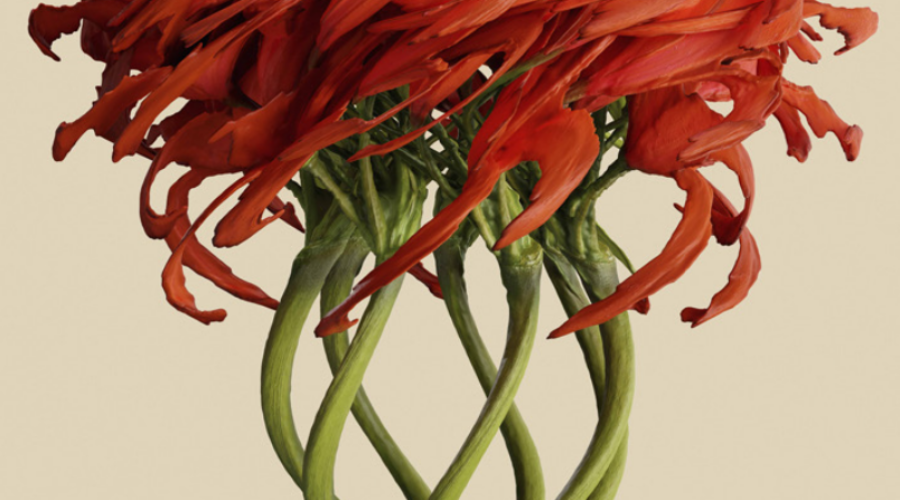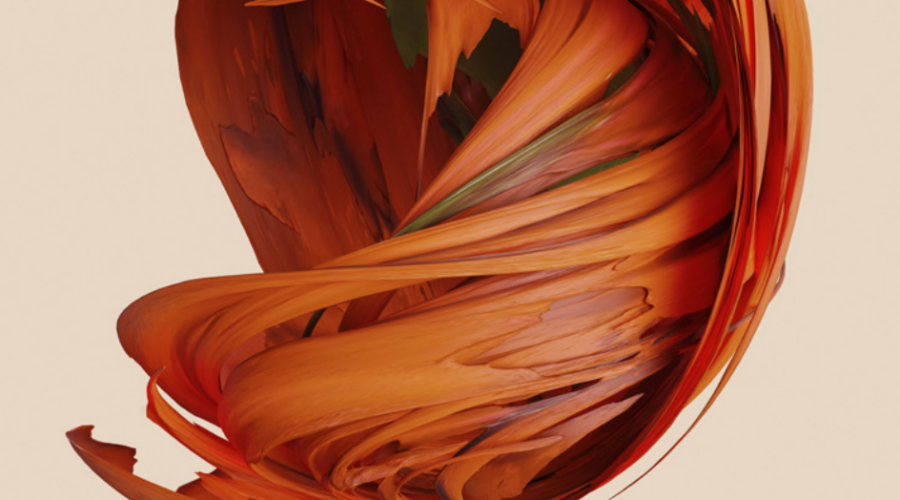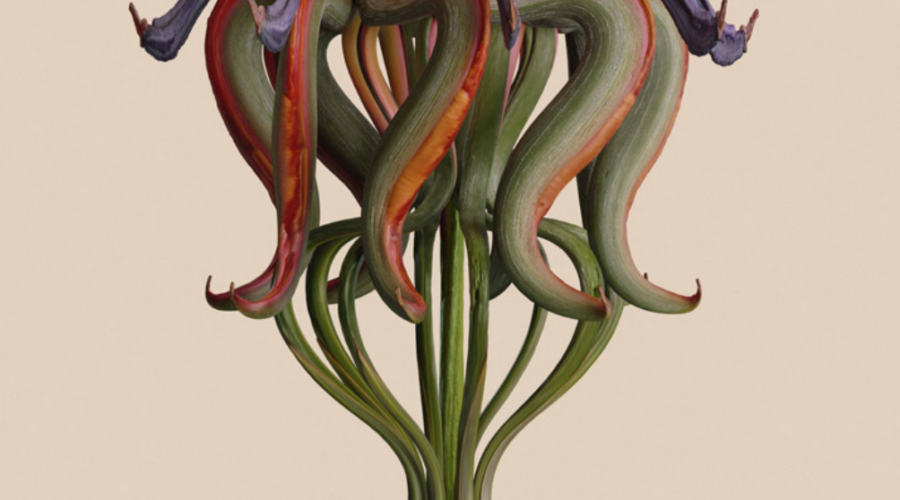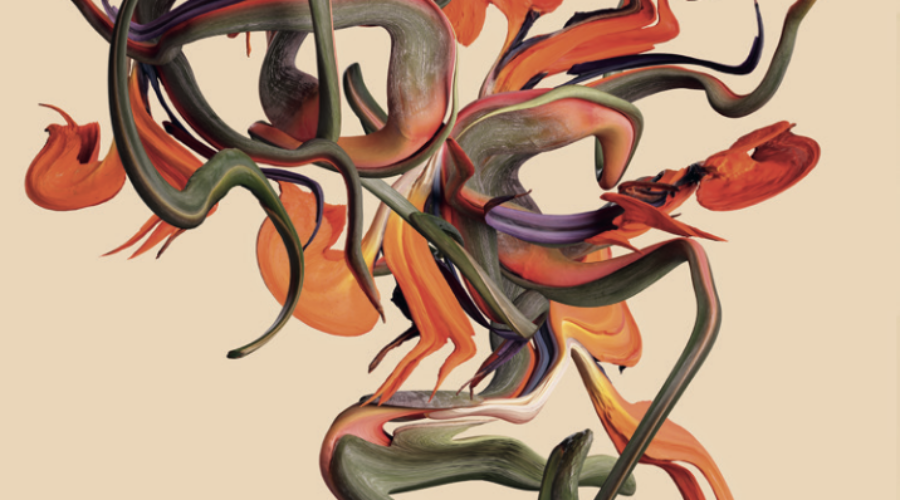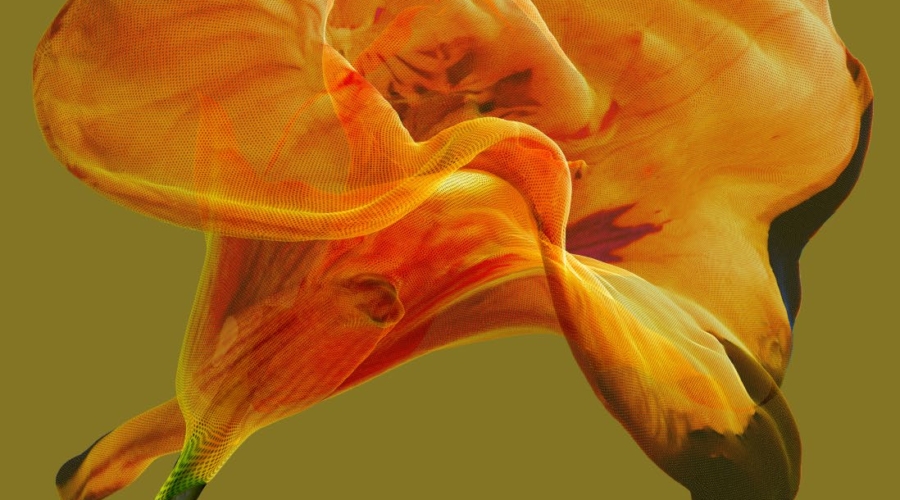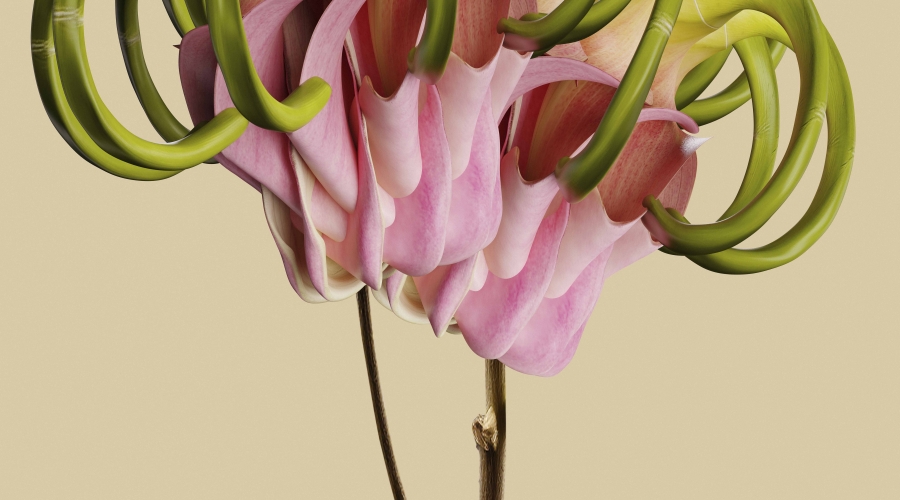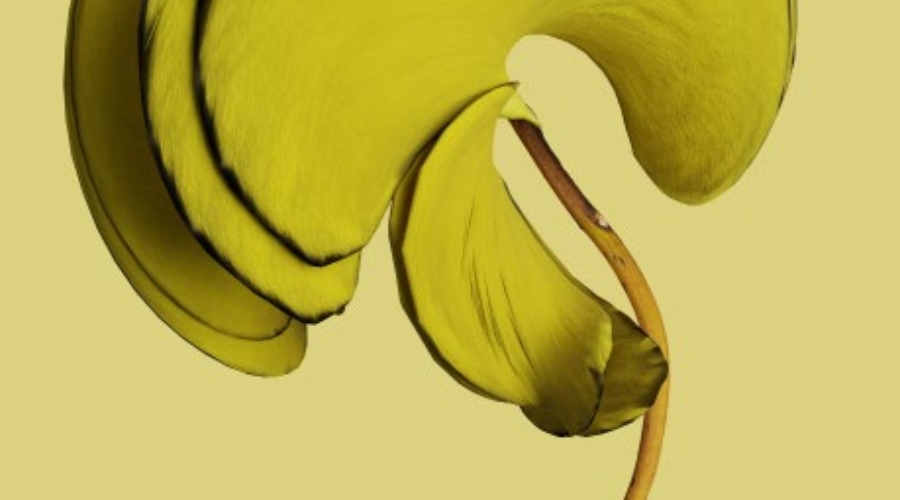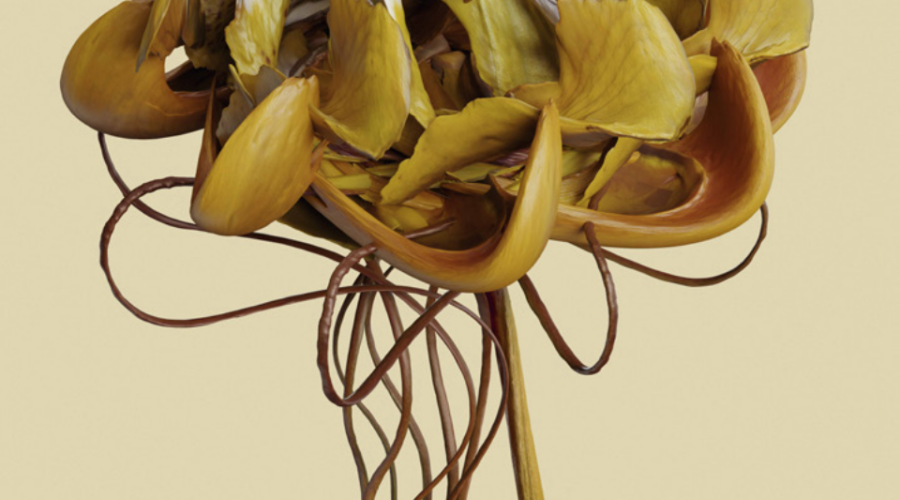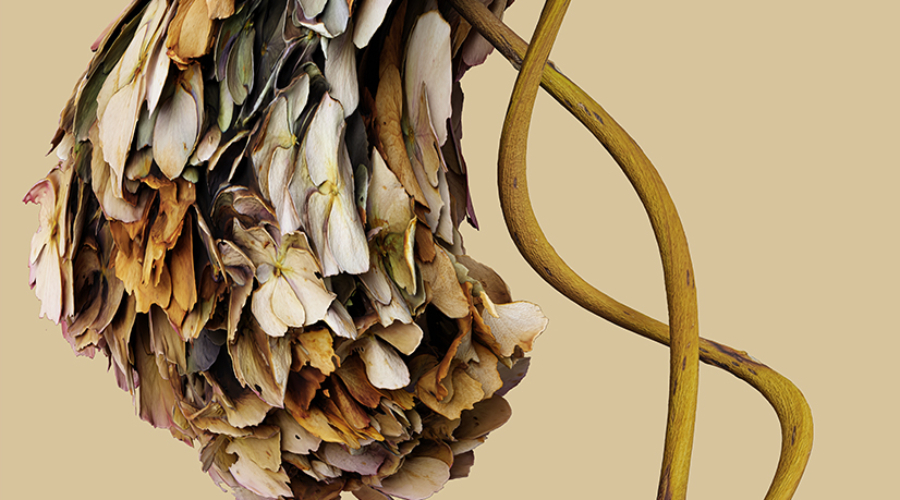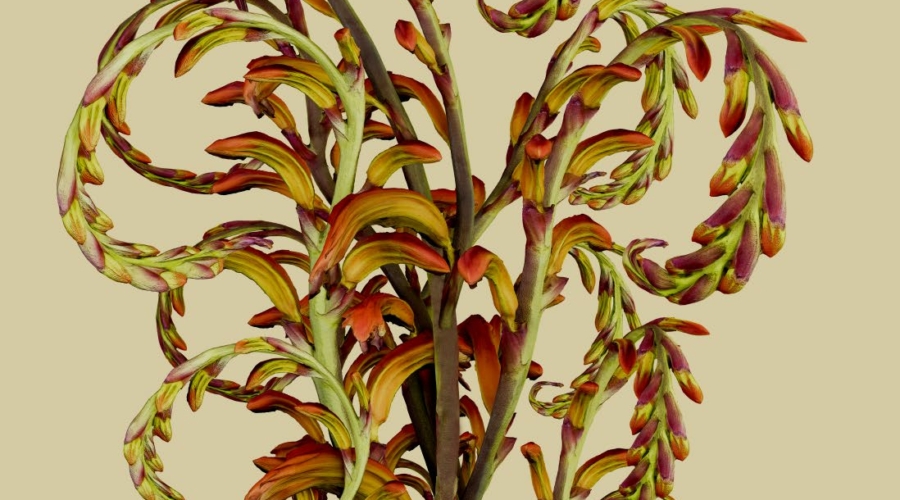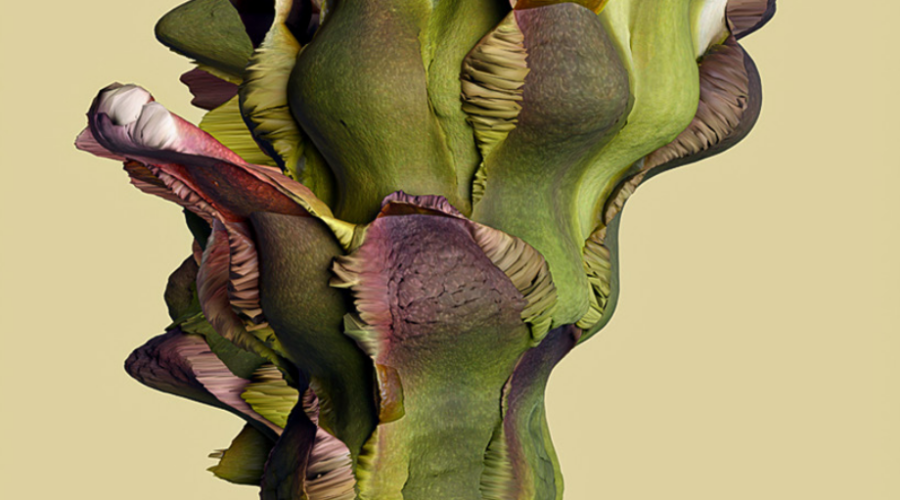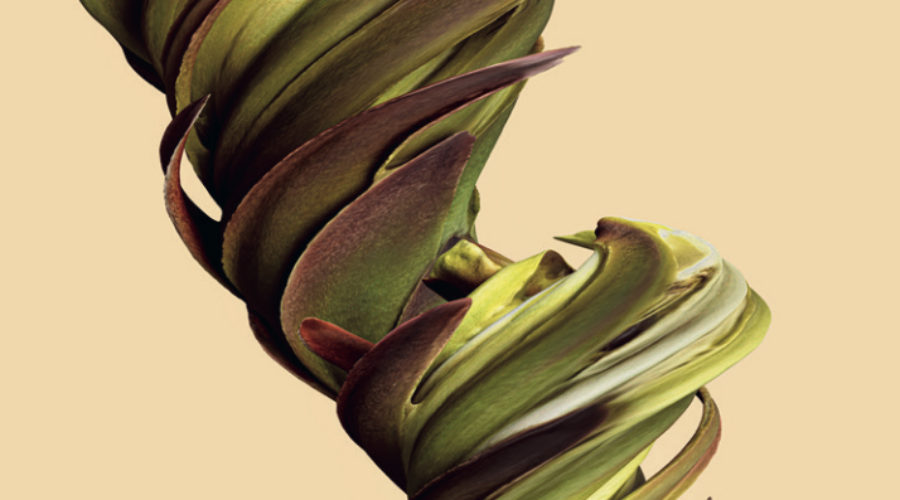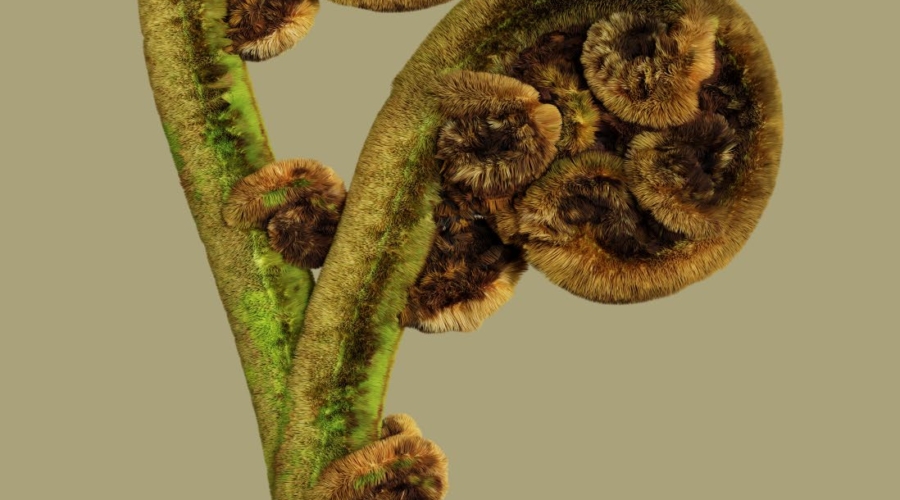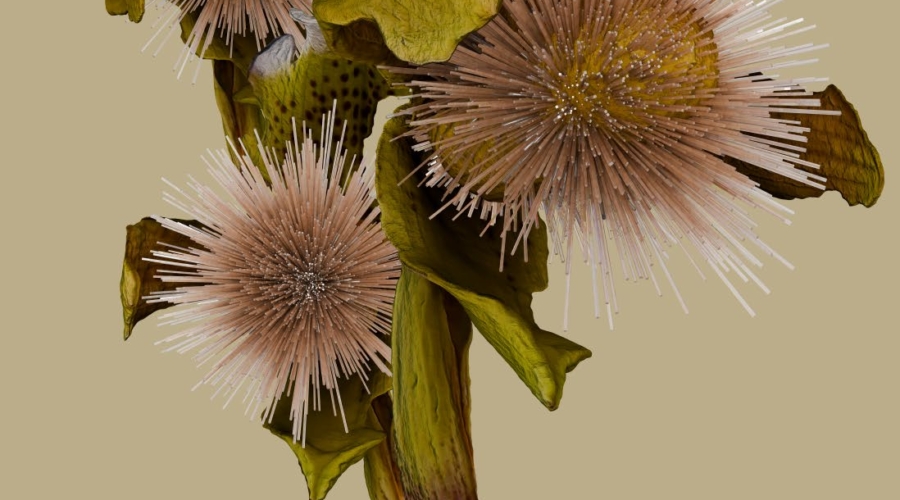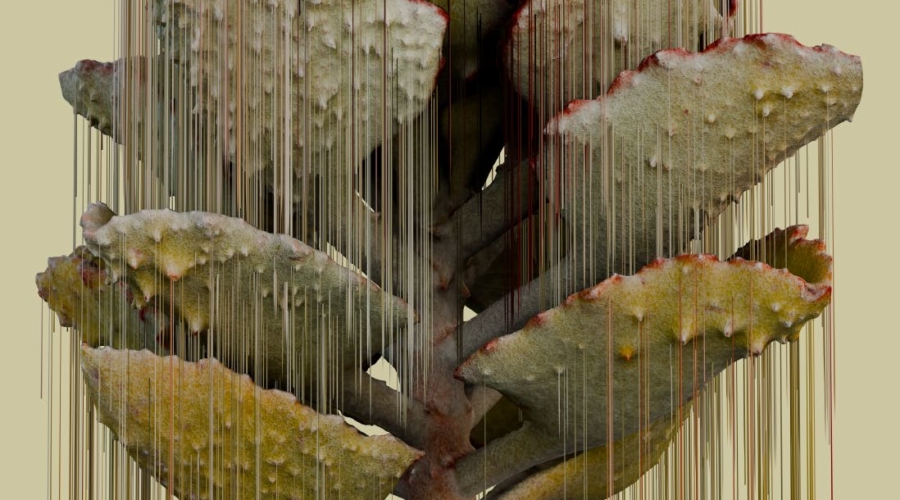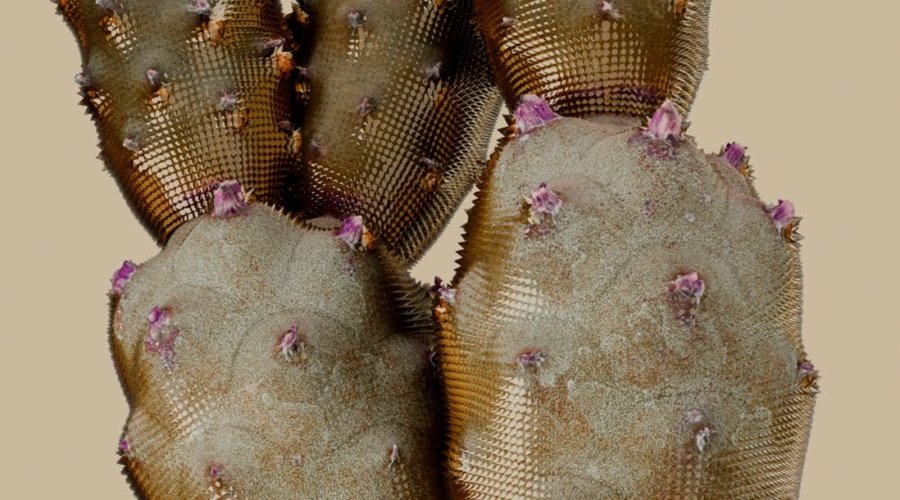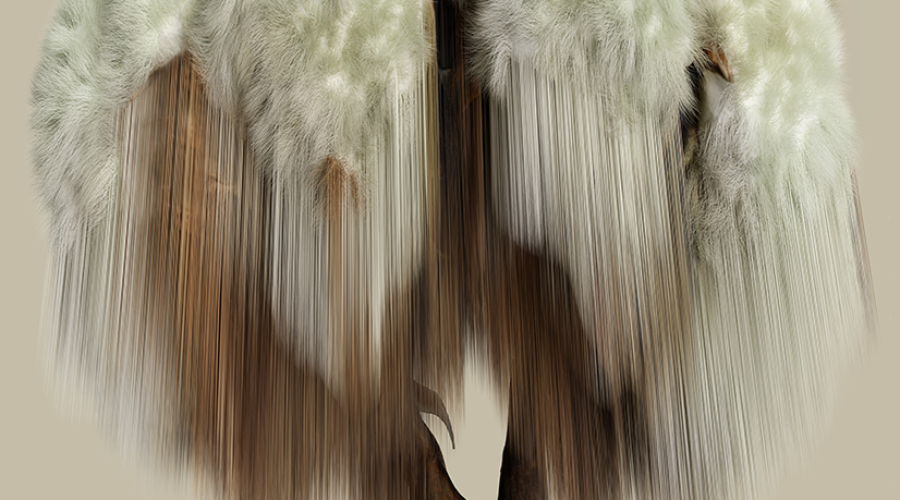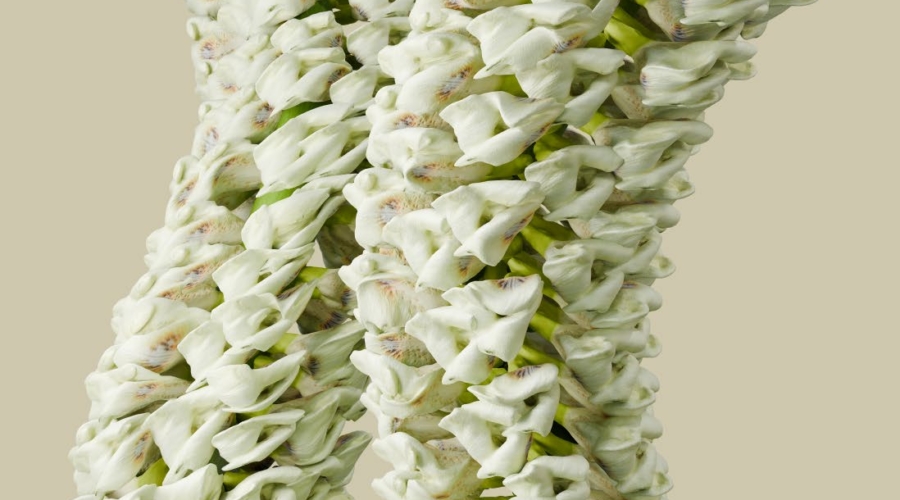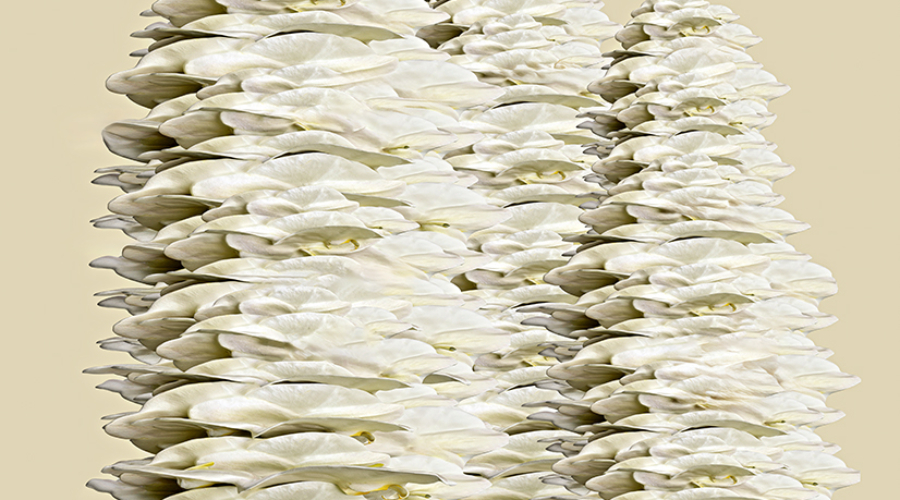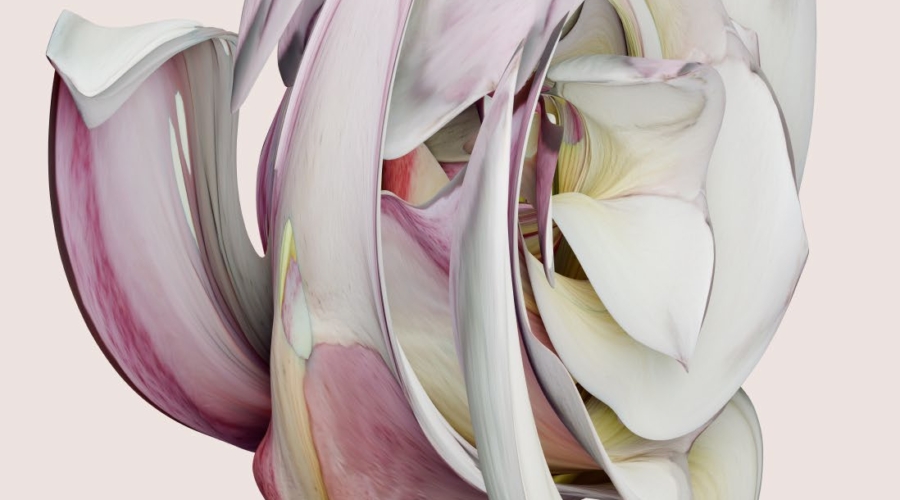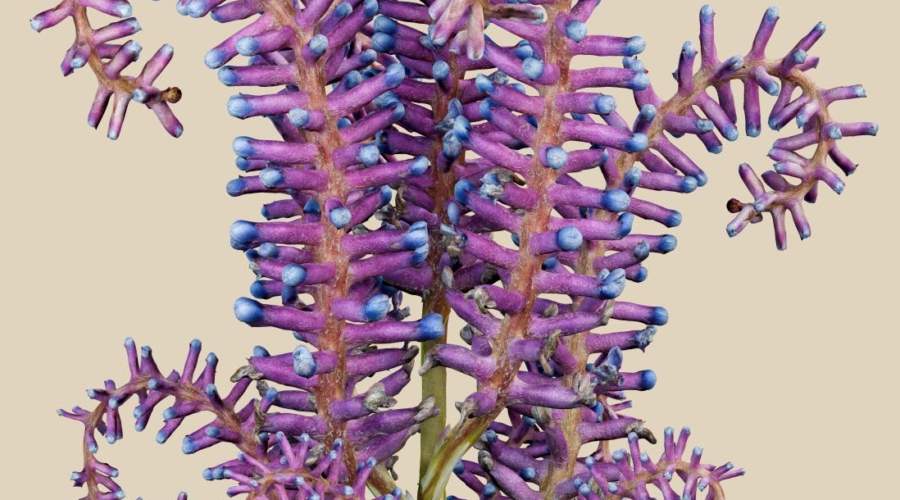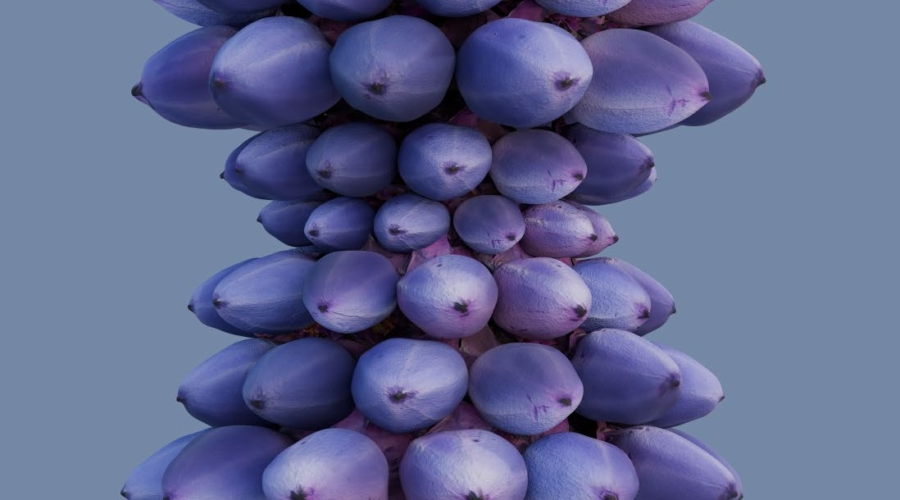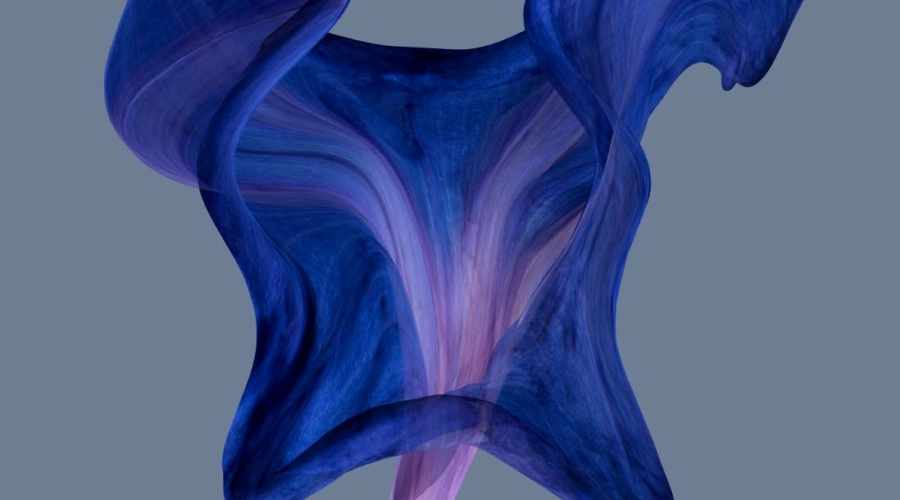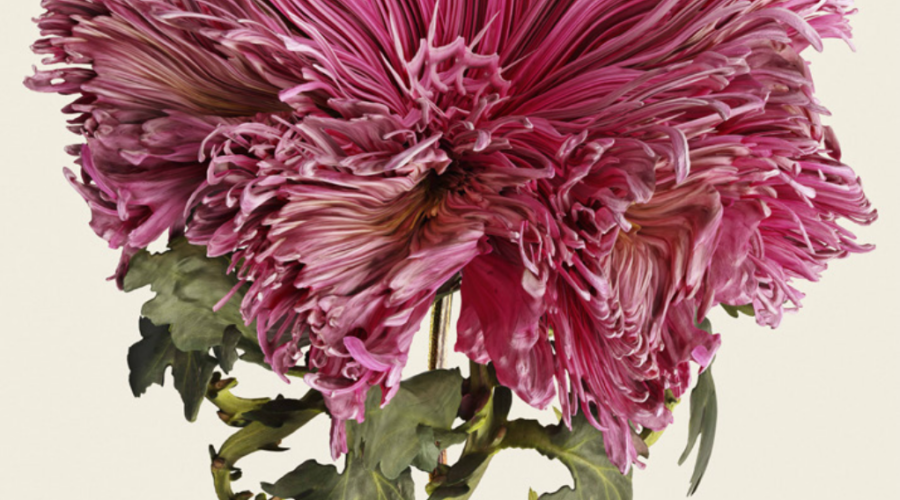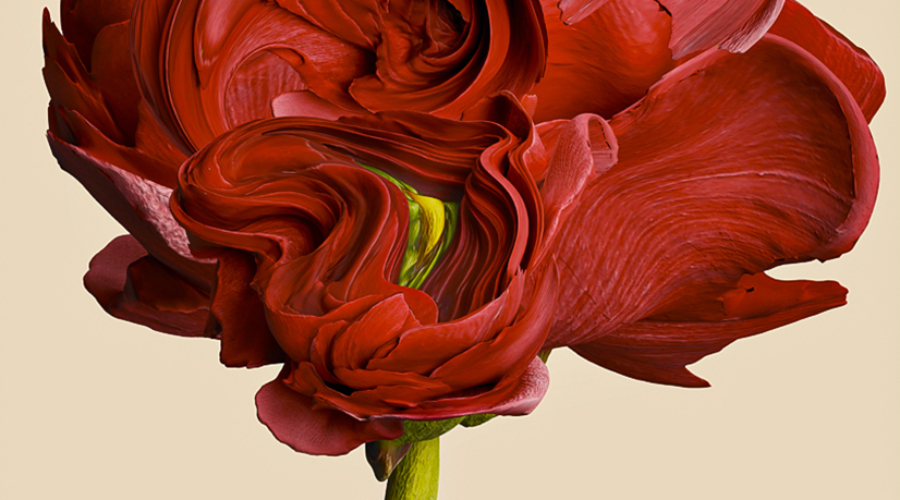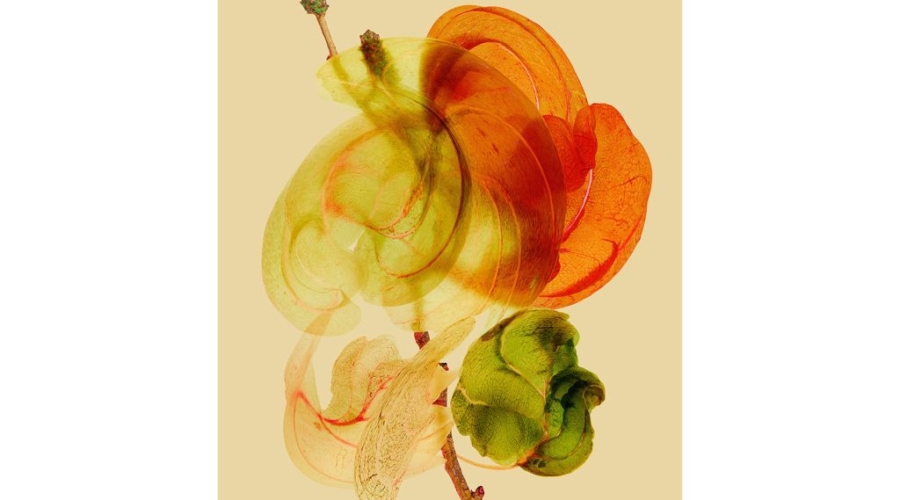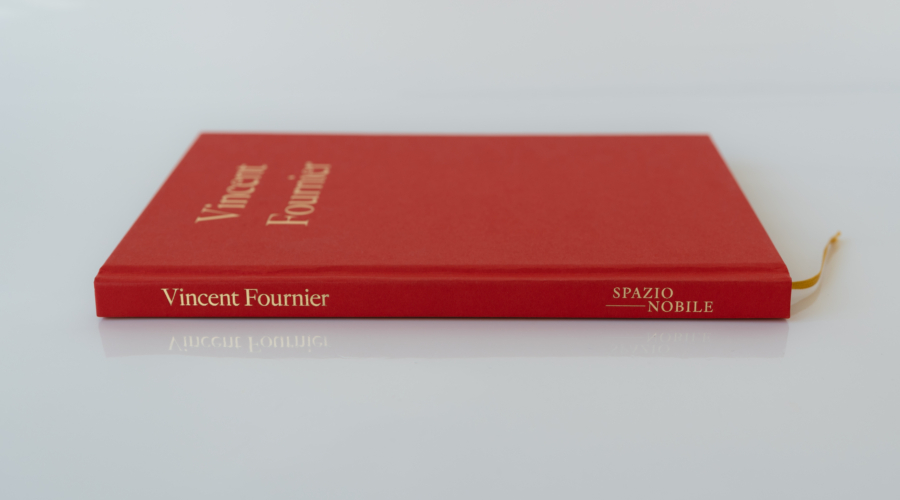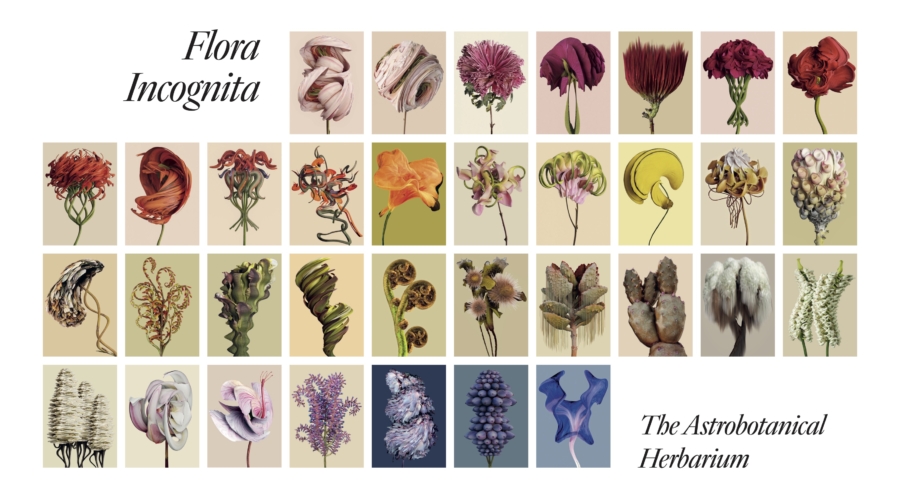Season XXXII- Vincent Fournier, Solo Show, Flora Incognita
23.1 – 2.3.2025
Rue Franz Merjay 142, B-1050 Brussels
Download the catalogue Flora Incognita here
Viewing Room on Vincent Fournier on Artsy
We are open on Saturday 1st March, 11-18.00.
Finissage Sunday Brunch & Artist”s Book signing
Sunday 2nd March 2025, 12-18.00,
in the presence of the artist Vincent Fournier
Download the invitation here
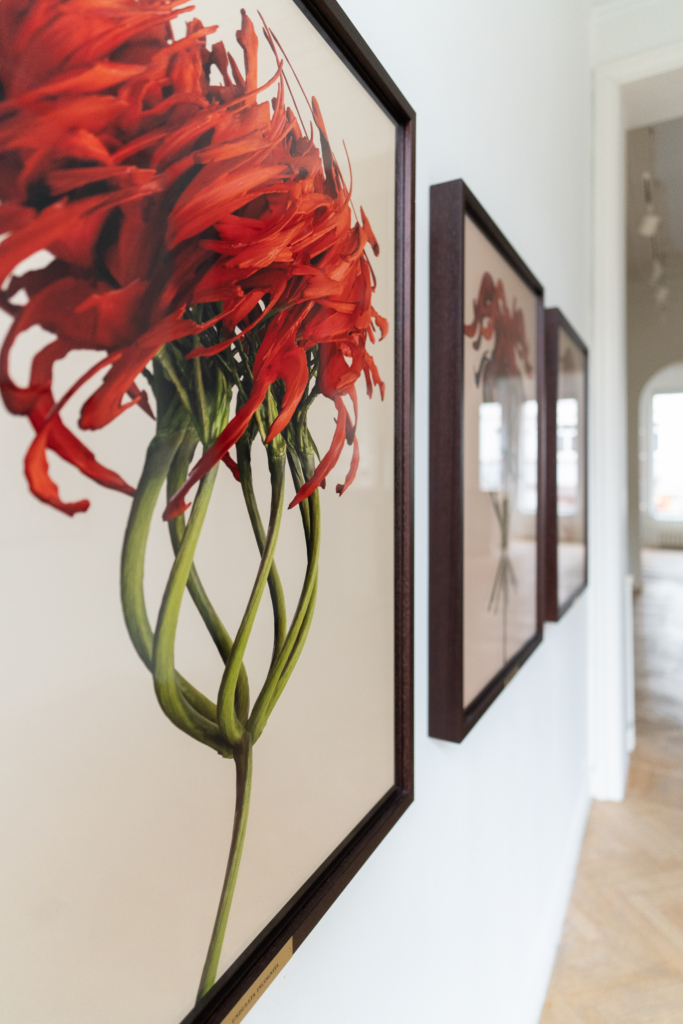
Part of Photo Brussels Festival

Read more on Vincent Fournier

All photos by Barbara De Vuyst
__
Flora Incognita
The Astrobotanical Herbarium
From plants to animals, from the transformation of species that fascinates him, a globetrotter at heart and a discoverer of new territories connected to man and nature, French artist Vincent Fournier never ceases to amaze us. His boundless curiosity and imagination guide him in his photographic creations, which he nourishes with his enlightened thinking as a 21st-century explorer. The red thread that he has built around the imaginary future serves him like Theseus as Ariadne’s thread linking his journeys and epics worthy of the Iliad and the Odyssey. Vincent Fournier is a pioneer in his interpretation of life on earth and in space, which he extrapolates on the basis of advances in science and technology. From ‘Space Project’, which keeps track of ‘cosmodromes’ and aerospace bases, to the bestiary and cabinet of curiosities ‘Post Natural History’, which was our inaugural exhibition when the Spazio Nobile gallery was created in 2016. He has continued the adventure with ‘Auctus Animalis’ and, more recently, ‘Flora Incognita’, which feed his quest to bring nature to life and rebirth through reinvented flora and fauna. His constructed, dreamlike images document our arborescence, the architecture of living things in relation to man, space and time. Vincent Fournier asks: are we, as living beings, like trees, plants or flowers, fragile and sensitive materials? If we are to believe the visionary words of the great universal poet, essayist and artist Etel Adnan in her short text ‘Dans la forêt’ (‘In the Forest’) published by the bookseller Yvon Lambert in 2014: “These trees have grown under the influence of the moon… Poetry has an attraction for the things of the earth. It hides inside tree roots to speak to us in a different way.”
It is this poetry of the living and this same relationship with nature that Vincent Fournier describes with subtlety and a keen sense of beauty and mystery in the course of his photographic creations. His vision is shaped not only by the history of science but also by the history of art. When asked about the writings and images that have opened the door to knowledge, the artist cites multiple sources of inspiration in his post-naturalist photographic compositions: “My theoretical references range from the American astronomer Carl Sagan, one of the founders of exobiology, to the American biologist Lynn Margulis for her theory of symbiotic interactions and the origin of the Gaia hypothesis. My work is also inspired by the book ‘Form and Growth’ by the Scottish mathematician and biologist Arcy Thompson, in which the transition from one species to another is based on a deformation of space. This vision, which complements Charles Darwin’s theory of evolution, inspired the strange morphologies resulting from the forces at work on certain real or simulated exoplanets. The visual references range from the Flemish Primitive painter Jérôme Bosch to the serpentine, luminiscent choreography of the American dancer Loïe Fuller, from the Italian Mannerist movement ‘Figura serpentinata’to the German New Objectivity photographer Karl Blossfeldt. They also refer to the naturalist and scientist Ernst Haeckel as well as to certain myths such as that of ‘Faduah’, a legendary zoophyte ‘Tartar Lamb’ plant-animal.”
The living world is therefore a starting point for the artist’s approach. The scientific advances that have led to discoveries in astrobotany feed his research applied to still images. Vincent Fournier makes them increasingly animated by applying the principle of parallax between several photographs of the same object taken from different positions and angles. The result is a plastic flip-flop of the plant, which twirls around itself only to reappear in another form, a metamorphosis that makes it both elegant and fascinating and sometimes strange and singular, in association with other planets. Indeed, he tells us: “At a time when the habitability of our Earth is at stake, the recent launches of space telescopes mark the beginning of a golden age in the exploration of habitable worlds. The aim is not to seek refuge on these exoplanets, but to gain a better understanding of the conditions under which life emerged. Somewhere between surrealism and scientific speculation, the ‘Flora incognita’ project imagines what our terrestrial flora might look like if it grew on planets outside our solar system. This half-fantastic, half-scientific herbarium extrapolates plant life capable of adapting to extraterrestrial ecosystems and their extreme phenomena.”
By pushing his photographic research ever further, Vincent Fournier cultivates this medium of artistic expression in conjunction with innovative technologies. The artistic and visual treatment of his images is part of a creative process that ties in with his subject matter. As he describes it, “this reinvention of the living is made possible by recent digital avatars such as photogrammetry combined with 3D animation tools. These techniques make it possible to model plants with unequalled photographic precision, and then to make them ‘grow’ according to laws of physics that differ from those of the Earth. These forms of growth anticipate the development of novel plant architectures.”
‘Flora Incognita’ is therefore a body of work that is not “still life”. It takes existing flowers and plants as its starting point, in praise of the ‘Life of Plants’, to paraphrase the Italian philosopher Emanuele Coccia. Vincent Fournier also highlights the ‘intelligence’ and ‘sensitivity’ of plants, in the words of biologist Stefano Mancuso, founder of the International Plant Neurobiology Laboratory in Florence, Italy. Vincent Fournier’s photographs are a source of enchantment and (re)discovery, an astonishing face-to-face encounter with the flora of our planet and beyond. It’s a simply extraordinary encounter with oneself, a breath of vital, lyrical beauty, in a field of expression that is first and foremost aesthetic before being scientific.
Lise Coirier
Art historian and archaeologist
February 2025
